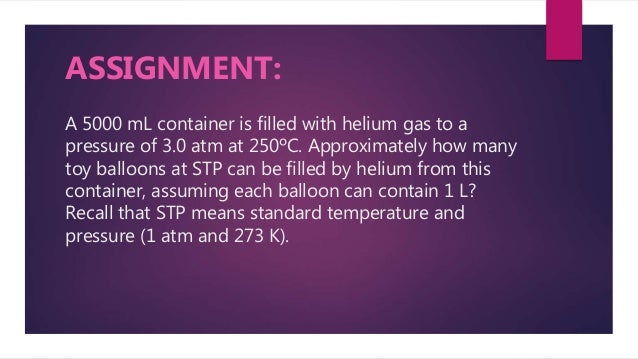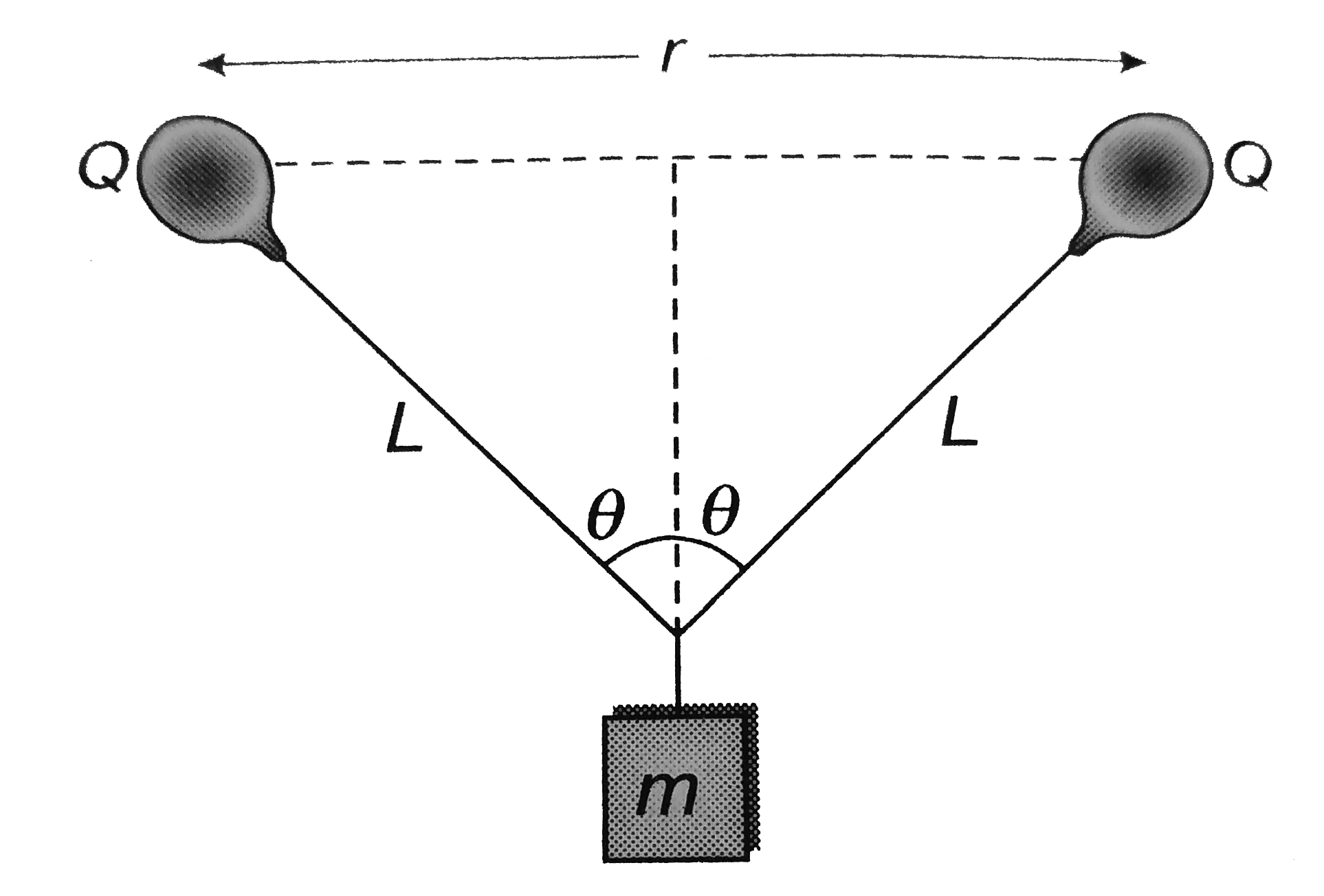- A Balloon Is Filled With Helium Gas
- A Balloon Is Filled With Helium Gas At 29 Degrees
- Places That Fill Up Balloons
- Floating Balloons Without Helium
A balloon is being filled with helium at the rate if 4'ft'^3/'min'. What is the rate, in 'ft'^2/'min', at which the surface area is increasing when the volume is (32pi)/3'ft'^3? Socratic A balloon is being filled with helium at the rate if 4 ft3 min. A balloon filled with helium gas at 20C occupies 4.91 L at 1.00 atm. The balloon is immersed in liquid nitrogen at -196C, while the pressure is raised to 5.20 atm. What is the volume of the balloon in the liquid nitrogen? Helium is not a flammable or explosive gas. Helium is an inert gas, which means that it is very stable and not very reactive. A balloon filled with helium will not explode. Now, you may be saying, “that’s not true, I have seen a video of balloons catching fire.”.
A Balloon Is Filled With Helium Gas
- A weather balloon is filled with helium to a volume of 1.61 L at 734 torr. We’re being asked to determine the volume of the gas sample after it has been released and its pressure has dropped to 0.844 atm. Recall that the ideal gas law is: PV = nRT. The pressure and volume of a gas are related to the number of moles, gas constant and temperature.
- A balloon is filled with hydrogen at room temperature, it will burst if pressure exceeds 0. If at 1 bar pressure the gas occupies 2. 2 7 L volume, upto what volume can the balloon be expanded?
A helium-filled balloon shows that helium is less dense than air.
How do we know this? We can see that there is tension on the string. Actually, we should really have a scale to measure this tension, but we know from experience, and we can show by removing the mass holding the string to the table, that if it is released the helium-filled balloon will rise. We also know from Archimedes’ principle that a body immersed in fluid experiences a buoyant force equal to the weight of the fluid it displaces. Since the balloon would rise if released, this buoyant force must be greater than the weight of the helium-filled balloon. In other words, the weight of the helium-filled balloon is less than the weight of the volume of air it displaces, which means that it is less dense than the air it displaces. So there is a net force upwards on the balloon, equal to the difference in weight between the balloon and the volume of air that it displaces.
A Balloon Is Filled With Helium Gas At 29 Degrees


Places That Fill Up Balloons

That the helium-filled balloon experiences a net upward force means that it can lift an object whose weight does not exceed this net force. Knowing the volume of air displaced by the helium balloon, we can calculate the maximum mass the balloon can lift. The ideal gas law, PV = nRT, gives the relationship among pressure, volume, temperature and number of moles (n) for a gas. (Because gas molecules interact with each other in ways different from purely elastic collision, gases do not really behave ideally. For most gases, though, unless the pressure exceeds tens of atmospheres, this equation yields reasonably accurate results.) If we rearrange this equation, we get n/V = P/RT, where R is the universal gas constant, whose value in SI units is 0.08206 l·atm/(mol·K). At 1 atm and 300 K, this gives n/V = 0.0406 mol/l. For air, which has a molar mass of 29.0 g/mol, this gives a density of 1.18 g/l. Helium, which has a mass of 4.00 g/mol, has a density of 0.164 g/l. Thus, a one-liter balloon of helium can lift a mass of (1.18-0.164) = 1.02 g. Of course, this would include the mass of the balloon skin itself, and we are assuming that the pressure inside the balloon is not significantly greater than the surrounding pressure of 1 atm.
Floating Balloons Without Helium
This phenomenon is wonderful for those who enjoy helium-filled balloons at parties or like to give them to send greetings, or for those who use them for advertising. Helium balloons in the form of favorite cartoon characters have been a staple of the Macy’s Thanksgiving Day Parade -- Wikipedia entry here (and the balloon storage facility was the scene of a hilarious sequence in Woody Allen’s Broadway Danny Rose). Helium balloons also have scientific use. Scientists who perform atmospheric research use helium-filled weather balloons to carry various measuring instruments into the atmosphere. One group who does this is NASA. You are probably familiar with the Goodyear blimp, which uses helium to stay afloat. The Goodyear blimp website contains technical information about the blimps, including their volumes and maximum gross weights. If you use the ideal gas law, the molecular weights shown above and the appropriate unit conversions, you should calculate gross weights close to those stated on the web site.
There is, of course, one gas that is even less dense than helium, and that is hydrogen, whose molecular weight is 2.016 g/mol. One liter of hydrogen would thus lift 1.10 g, an increase of about eight percent over what helium could lift. Hydrogen was indeed used in the early days of dirigibles, the most (in)famous of which was the Hindenburg. While it is still not known for certain whether the hydrogen itself was responsible for the disaster of the Hindenburg, the eight percent increase in weight capacity over that of helium is not worth the risk of using such an inflammable gas. Of course, for unmanned flight, the risk is not as important, and since hydrogen is much less expensive than helium, people sometimes use hydrogen to fill balloons that carry instruments into the atmosphere. You can find reference to this here.
Helium balloons have also played a role in at least one amusing story of air travel, in particular that of a man who piloted a lawn chair over the Los Angeles area.
